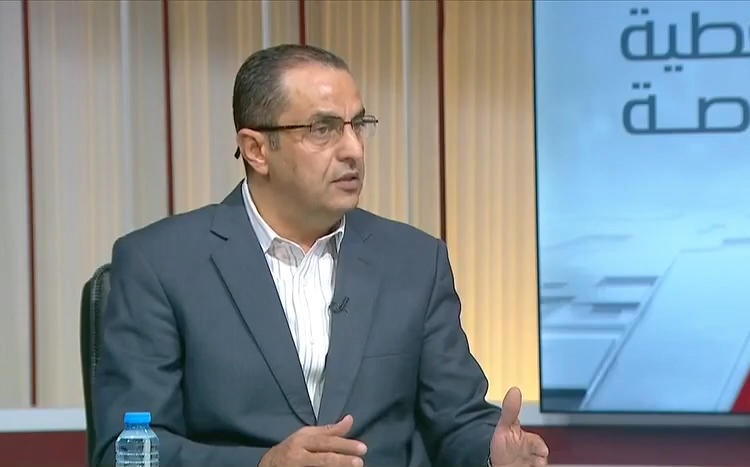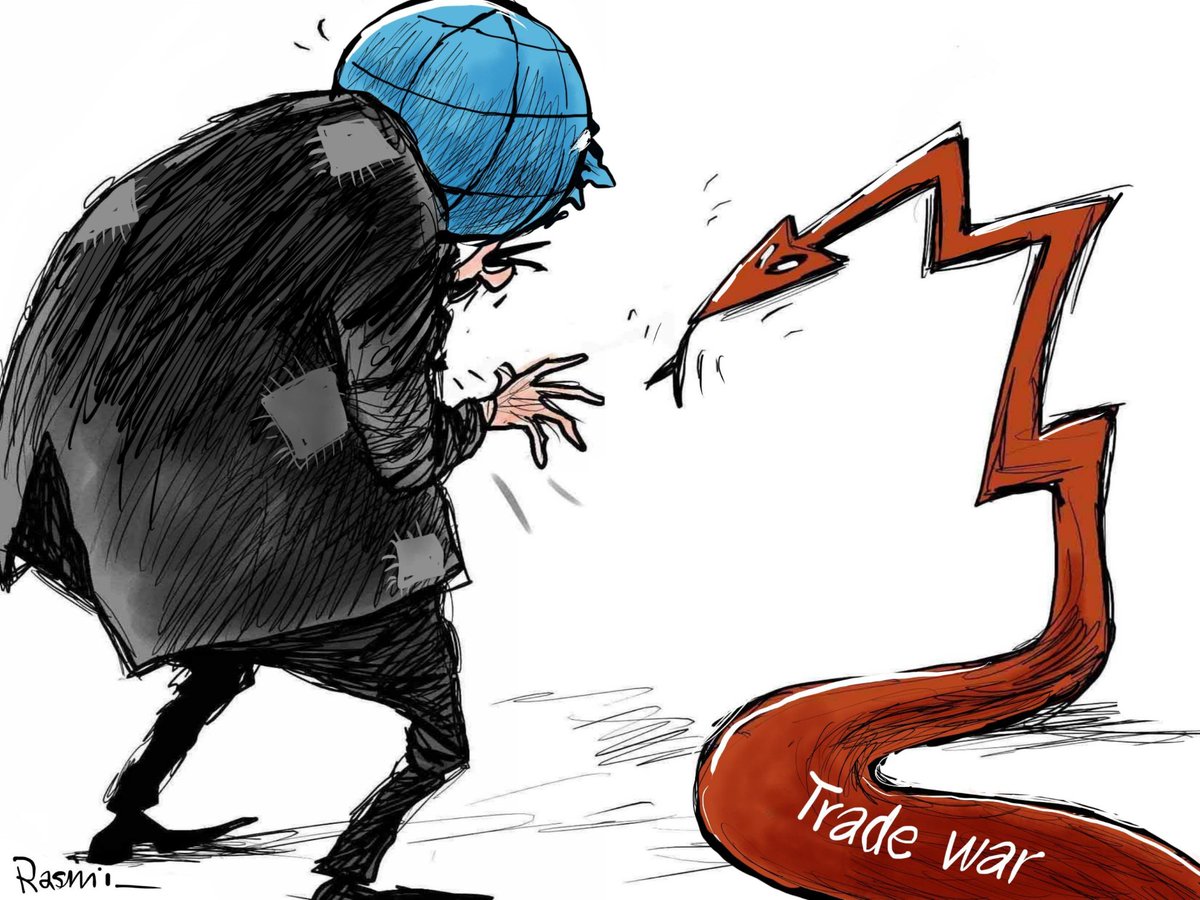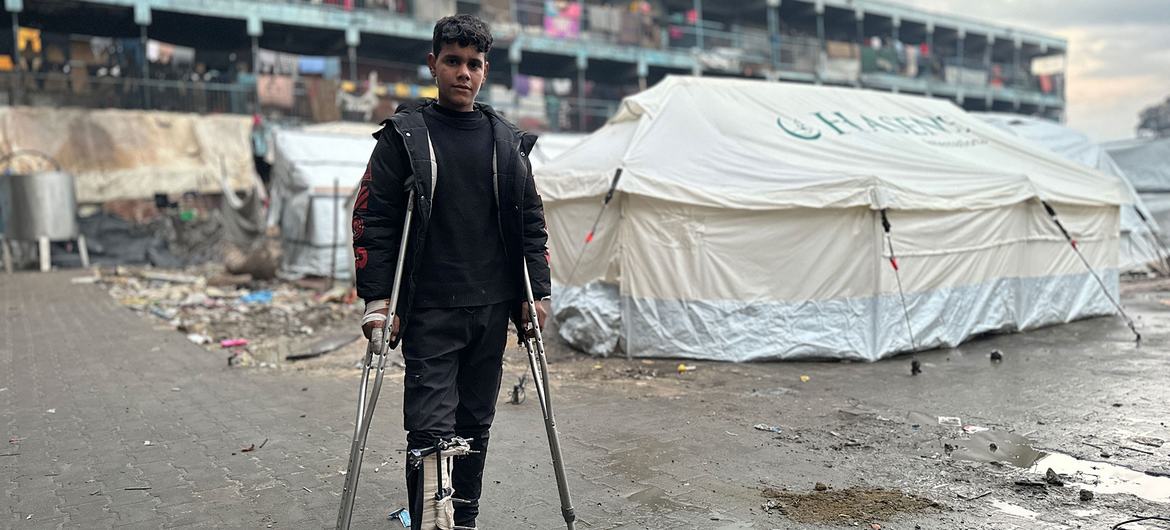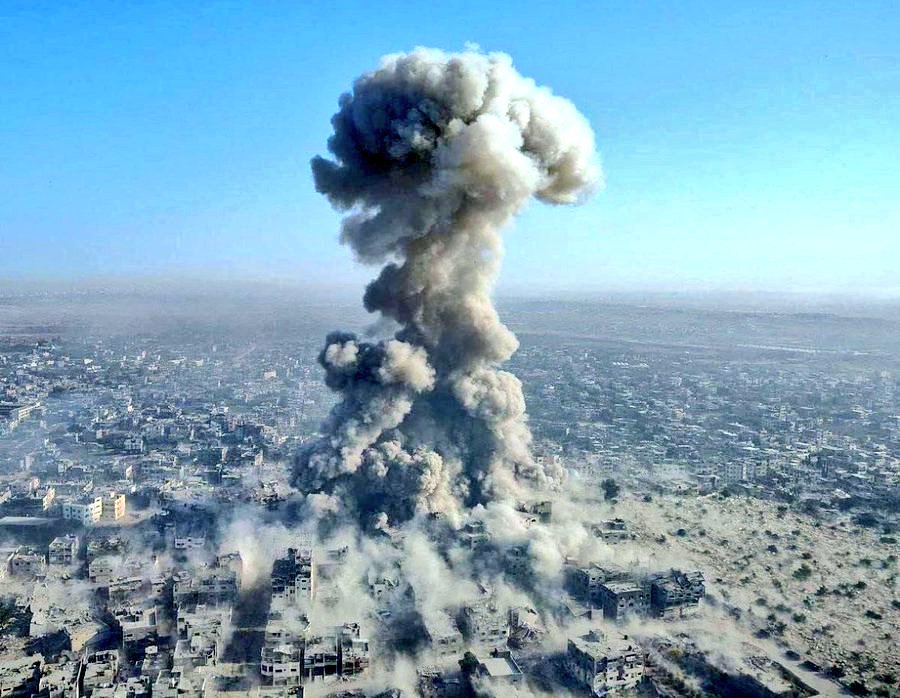
Israel has withdrawn its forces from the Nitzarim axis in central Gaza as reported by different media sources. This is part of the ceasefire agreement and comes after over a year of Israeli occupation of the of the Gaza Strip and its three-month occupation of the axis.
Full Withdrawal…
Under the deal, Israel must evacuate its last military outposts along the axis, which has been a key Israeli military stronghold in Gaza. The withdrawal marks a significant shift, as settlers had hoped to establish a permanent presence in the area. Israeli forces will now remain only in the buffer zone and along the Philadelphi Corridor Quds News Network reported.
The area lies to the east of the Salah Al-Din Road. Once Israeli forces withdraw, no troops will remain in northern Gaza except for the 162nd Division, which has repositioned in the buffer zone near the border.
The Nitzarim axis has long been a symbol of Israeli assaults and settler ambitions in Gaza. Settlers held public rallies at its entrance, viewing it as a gateway for their colonization of the strip.
Two weeks ago, Israel partially withdrew from sections of Nitzarim to allow displaced Palestinians to return north under the ceasefire agreement. Over 500,000 have since made their way back to their wrecked homes in the north of the strip.
The withdrawal from Nitzarim highlights Israel’s failure to maintain long-term occupation of Gaza. The army had expanded the axis to 80 kilometers in length and up to 7 kilometers in depth through wiping out several neighbourhoods, establishing multiple fortified positions. However, intense resistance and political pressure forced an Israeli army retreat.
This marks Israel’s third withdrawal from Nitzarim in 20 years. In 2005, then-Prime Minister Ariel Sharon pulled Israeli forces out of Gaza. In 2009, Israel withdrew again after a three-week invasion. Now, after months of military assaults and infrastructure development, another retreat is imminent.
Ceasefire Agreement at Risk
However, a senior Hamas official warned, Saturday, Israel’s failure to fully implement the ceasefire agreement threatens its collapse. Basem Naim, a member of Hamas’s political bureau, said the deal remains fragile because of the Israeli foot-dragging in the negotiations for the second phase of the ceasefire agreement.
“The delays and violations we are seeing could derail the agreement,” Naim said, adding that Hamas wants to avoid a return to war.
Saturday marked the exchange of a fifth group of prisoners, halfway through the first phase of the ceasefire deal. The agreement, brokered by Qatar, Egypt, and the US, is divided into three phases, each lasting 42 days. Talks on the second phase maybe starting but at a snail’s pace..
Nitzarim ‘s ‘Line of Corpses’
Haaretz previously reported that Israeli officers stationed along the Nitzarim axis admitted to systematically shooting any Palestinian who approached the area. Soldiers targeted civilians, including children and unarmed people, leaving their bodies exposed.
An officer told Haaretz that the army treated every person as a potential threat. “Every woman is a scout, or a man in disguise,” he said, adding that soldiers killed cyclists under the pretext of them being collaborators.
The investigation revealed that Israeli forces enforced an unmarked boundary near Nitzarim with standing orders to shoot anyone who approached. “This line appears on no map and exists in no official military order, but in Gaza, it is brutally real,” the report stated.






